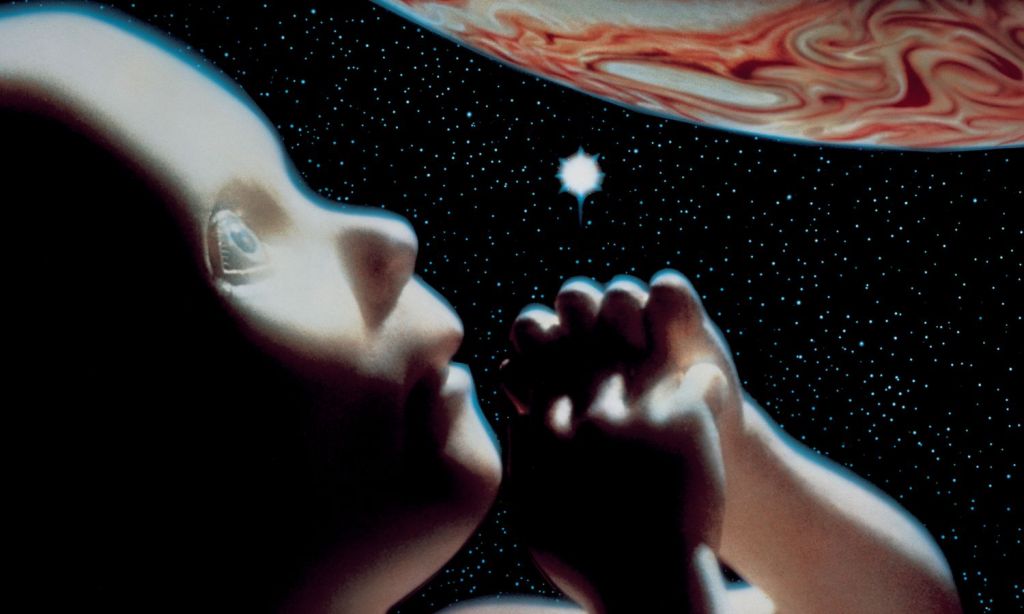“If humanity wants to become a multi-planetary species, we also need to learn how to reproduce in space.” Dr Egbert Edelbroek said when announcing in 2019 that his company, Space Life Origin, planned to do just that by 2024.
Unfortunately, just nine months later, Space Life Origin spectacularly collapsed over “serious ethical, safety, and medical concerns,” with legal proceedings following.
That fallout however has not made the above phrase redundant. Reproduction in space is arguably one of the biggest challenges that must be overcome if humanity is to become a “multi-planetary species.”
This is a goal that top egomaniacs like Elon Musk have set for the rest of us, almost as a backup plan in case things go wrong. Interplanetary status is viewed as the natural progression of humanity and unequivocally our future – as long as society holds together long enough to achieve it.
This is why the latest news from the University of Yamanashi in Japan is so important. Researchers there have been able to prove for the first time that embryos grown in the zero-gravity environment of space can develop normally.
Professor Teruhiko Wakayama and his team grew mice embryos on the International Space Station which, upon returning to Earth, were shown to have no ill effects on their development. It’s a crucial step in one day being able to give birth in space, the team hope.
“There is a possibility of pregnancy during a future trip to Mars because it will take more than 6 months to travel there,” Wakayama has said in a press statement
“We are conducting research to ensure we will be able to safely have children if that time comes.”
Granted, it’s a small step, even for a mouse. The embryos were fertilised and extracted here on Earth before being frozen and sent to the ISS on a rocket in August of 2021. They were then thawed and allowed to develop for four days before being chemically preserved and sent back home.
Wakayama’s team were able to assess that the embryos showed no sign of DNA damage from radiation exposure. They also had normal structural development that didn’t seem to be affected by the absence of gravity. However, later stages of embryonic development could well be affected.
A previous study that sent pregnant rats to space for 9 to 11 days found that their babies subsequently born on Earth had developed normally. Wakayama has said that this and his own research indicate that “perhaps mammalian space reproduction is possible.”
Human Babies in Space
One of the biggest issues with Space Life Origin was that they planned to move way too quickly — with a pregnant woman giving birth in space scheduled for 2024. Good science, like the above, moves very slowly and in controlled stages to ensure as many variables as possible are accounted for.
We’re simply not sure what the impact of being in space would have on a developing human fetus but, with the increasing advent of space tourism, it’s only a matter of time before someone is pregnant in space. You don’t want to discover at that stage that there are dangers.
Toward that end, Wakayama’s team are next hoping to test whether mouse embryos that have been to space and back can be implanted into mice on Earth that then give birth normally. They’re also looking into whether they could send the sperm and eggs of mice into space for the first space IVF.
Although it sounds like a jump, it’s still a long way off conceiving, carrying to term, and giving birth to a human baby in space. Moving slower, but on the same mission is, SpaceBorn United, a Dutch company hoping to be the first to have human babies born in space.
SpaceBorn has developed a tool that will fertilize a human egg in space and develop it there for six days before returning to Earth. However, even that, which was set to launch earlier this year, has been pushed back to the end of next year.
More long term, the whole process of pregnancy could be thwarted by the space environment. Gravity is needed to migrate a fertilised egg south. Circulation also plays a major role in ensuring a fetus gets enough blood and nutrients. In a zero-gravity environment, humans lose 1 to 2% of their bone density per month which could lead to pelvic fractures during birth.
The oddities showcase company Ripley’s has speculated that humans born and raised in space would have larger heads thanks to a lack of restriction. Their faces would also be puffier and rounded while a lack of sunlight would make them pale and a lack of exercise would make them weak. Our hearts, designed to pump blood against the pressures of atmospheres and gravity, would possibly wither.
There is a lot to overcome here but many are convinced that humanity will have to do it given the risks we face on Earth. Biologist Kelly Weinersmith has said on the topic that “We definitely need this kind of research to be done.”
“I do feel like it’s worth making humans multiplanetary as, like, a plan B – But I think we need to do it slowly.”
Egbert Edelbroek, CEO of SpaceBorn, agrees that while there are risks, there are also “Very big opportunities”.
“If we address the reproduction challenge, if we enable humanity to become a multi-planetary species, if we enable the human species to further diversify.
“I believe it’s worth enabling our children to explore new worlds”.
Related: Space-Based Solar Energy Power Stations Are Now One Step Closer to Reality
Related: So, a Pretty Legit Whistleblower Is Claiming the US Has Multiple Alien Spacecraft
Read more stories from The Latch and subscribe to our email newsletter.

